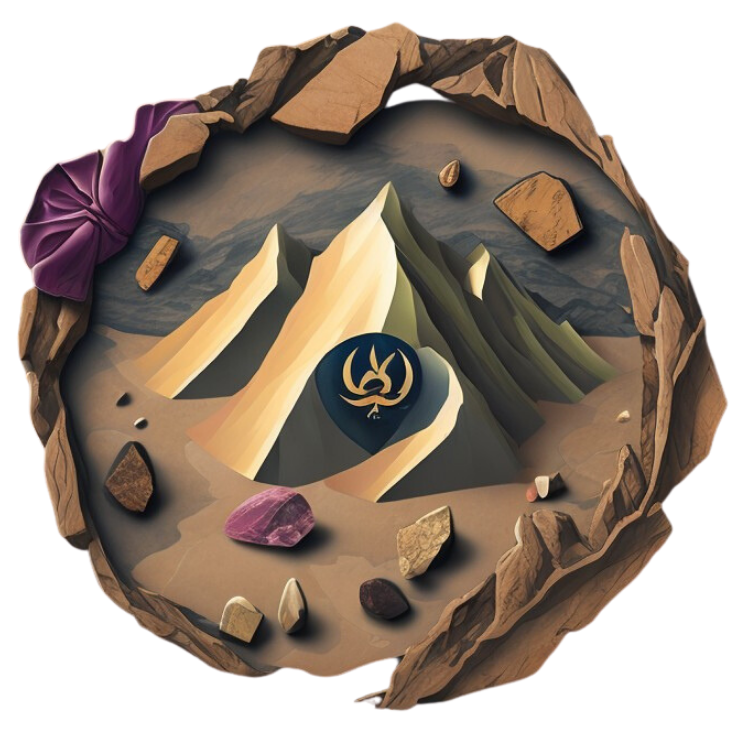Petrology
What is Petrology?
Petrology is the branch of geology that studies rocks and the conditions under which they form. This science focuses on the origin, composition, structure, and history of rocks, offering insights into the processes that have shaped the Earth's crust over geological time. Petrology is divided into three main branches: igneous, sedimentary, and metamorphic petrology, each dealing with different types of rocks and their formation processes.
Rocks are complex mixtures of minerals and other materials, and understanding their formation is crucial for interpreting the geological history of an area. Petrologists use a variety of techniques, including field studies, laboratory analyses, and theoretical modeling, to investigate the origin and evolution of rocks.
This page serves as a comprehensive introduction to petrology, exploring its various subfields, including igneous rocks, sedimentary rocks, metamorphic rocks, rock textures, and rock cycling. Each section provides detailed information and resources for further exploration of these essential topics.
Igneous Rocks
Igneous rocks form from the cooling and solidification of molten rock, either magma beneath the Earth's surface or lava at the surface. These rocks are divided into two main categories: intrusive (plutonic) rocks, which cool slowly beneath the Earth's surface, and extrusive (volcanic) rocks, which cool rapidly at the surface.
Igneous rocks are characterized by their mineral composition and texture, which are influenced by the cooling rate and the chemical composition of the original magma. Common examples of igneous rocks include granite, basalt, and pumice.
Explore this section to learn about the formation of igneous rocks, their classification, and their significance in understanding the geological history of an area.
Sedimentary Rocks
Sedimentary rocks form from the accumulation and lithification of sediment, which can be derived from pre-existing rocks, organic material, or chemical precipitation. These rocks are typically layered or stratified and are often found in areas that were once covered by water, such as riverbeds, lakes, and oceans.
Sedimentary rocks are classified into three main types: clastic, chemical, and organic. Clastic sedimentary rocks, such as sandstone, form from the compaction of sediment particles, while chemical sedimentary rocks, like limestone, form from the precipitation of minerals from water. Organic sedimentary rocks, such as coal, form from the accumulation of organic material.
In this section, you will explore the processes of sedimentary rock formation, their classification, and their importance in the study of Earth's history and fossil record.
Metamorphic Rocks
Metamorphic rocks form from the alteration of pre-existing rocks due to changes in temperature, pressure, and the presence of chemically active fluids. This process, known as metamorphism, can occur deep within the Earth's crust or at tectonic plate boundaries, where conditions are extreme.
Metamorphic rocks are classified based on their texture and mineral composition. Foliated metamorphic rocks, such as schist and gneiss, have a layered or banded appearance, while non-foliated metamorphic rocks, like marble and quartzite, do not exhibit this feature.
Explore this section to learn about the formation of metamorphic rocks, the different types of metamorphism, and their significance in understanding the Earth's dynamic processes.
Rock Textures
Rock textures refer to the size, shape, and arrangement of the mineral grains or crystals within a rock. The texture of a rock can provide valuable information about its history, including the environment in which it formed and the processes that have affected it since its formation.
Igneous rocks, for example, may have a coarse-grained texture if they cooled slowly beneath the Earth's surface, or a fine-grained texture if they cooled rapidly at the surface. Sedimentary rocks may exhibit textures such as clastic, indicating the presence of fragments of other rocks, or crystalline, indicating the precipitation of minerals from solution.
In this section, you will explore the different types of rock textures, their formation, and their significance in the classification and study of rocks.
Rock Cycling
The rock cycle is a continuous process that describes the transformation of rocks through various stages: igneous, sedimentary, and metamorphic. This cycle is driven by processes such as plate tectonics, weathering, erosion, and the heat and pressure within the Earth's interior.
Rocks can be transformed from one type to another over geological time scales. For example, an igneous rock may be broken down into sediment, which then forms a sedimentary rock. That sedimentary rock may then be subjected to heat and pressure, transforming it into a metamorphic rock.
Explore this section to learn about the rock cycle, the processes that drive it, and its significance in understanding the Earth's dynamic system.
